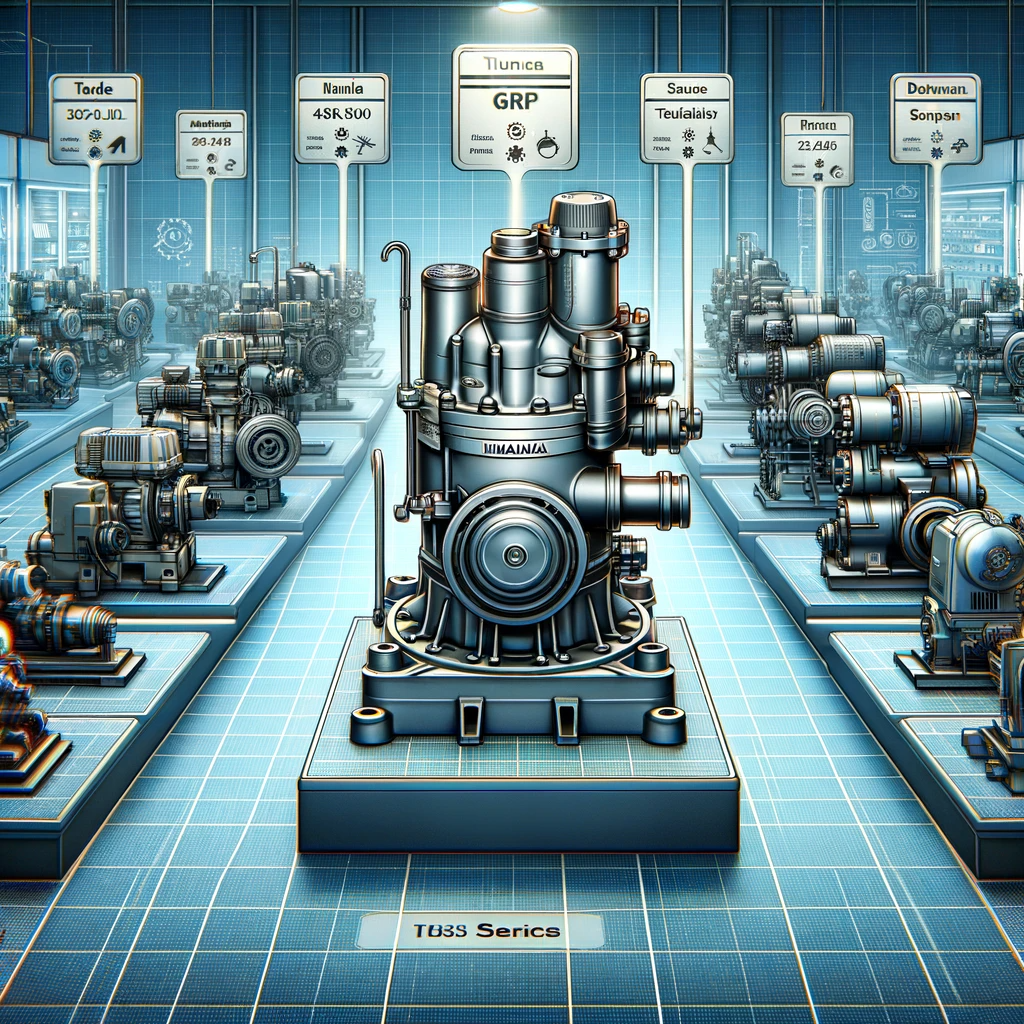Building Inspector: Qualifications for a Career As a Certified Building InspectorBuilding Inspector: Qualifications for a Career As a Certified Building Inspector
Certified building inspectors offer the promise of good pay and can delve deep into structures during and post-construction to ensure compliance with zoning laws, contract specifications and other requirements.
Starting a career in this field requires a high school diploma and training through vocational schools or community colleges, typically covering topics like drafting, construction technology and inspection methods. Physical stamina will also be important as inspectors may spend much of their day on their feet climbing ladders or crawling through small spaces.
Education and Training
Certified building inspector play an essential role in ensuring new buildings comply with local building codes and are safe to inhabit. To become an accredited building inspector, specialists require training, education and certification.
Building inspection requires at least a high school diploma or its equivalent to begin, although many professional building inspectors hold bachelor’s degrees in engineering or architecture. High school and postsecondary classes that focus on blueprint reading, vocational subjects, algebra geometry writing can help prepare individuals for this profession. Furthermore, many community colleges offer certificate and associate programs in inspection technology with courses including home inspection, construction materials methods as well as survey equipment drafting.
Many trained and certified building inspectors operate their own inspection businesses with startup costs estimated by ATI Training at as little as $1,000, including liability insurance, business cards, uniforms, tools and software as well as transport to construction sites. Furthermore, this professional must invest in their own vehicle so they can get to each inspection site on time.
Certification
Building inspectors typically need both a high school diploma and some postsecondary training for this occupation. Students pursuing it often study construction and inspection techniques through certificate or associate degree programs; postsecondary courses such as vocational subjects, algebra, geometry and writing can help prepare professionals for certification exams.
Building inspectors may specialise in residential or commercial inspections, while others specialise in special-purpose structures like bridges. Government employees who perform this role typically review plans for buildings before conducting on-site inspections to make sure construction meets local or national specifications, according to the U.S. Bureau of Labor Statistics.
Many aspiring home and building inspectors complete an apprenticeship, which offers hands-on experience in their chosen industry. Apprenticeships generally last several years and last between 6,000 hours and several thousand. After an apprenticeship is complete, professionals must pass state-specific certification exams; one California training program prepares students for California’s Certified Building Inspector Limited exam at a cost of $489 as of March 2022.
Continuing Education Requirements
Certified building inspector who wishes to maintain their certification may take part in continuing education courses as part of maintaining their license, in order to expand their knowledge and advance in their profession. Classes may focus on specific aspects such as making sure construction complies with codes or ordinances or meeting contract specifications.
Building inspection requires at minimum a high school diploma; however, many home and construction inspectors obtain an associate degree. Degree programs often include coursework such as drafting, blueprint reading and construction technology. Many also undergo on-the-job training with experienced inspectors to develop inspection techniques and become adept.
Professional inspectors need to be attentive to detail, with excellent communication skills in order to write reports that clearly detail any problems discovered during inspections. Their work also requires physical stamina; inspectors spend much of the day on their feet climbing ladders or crawling through tight spaces – taking classes online is also available as a convenient alternative for those unable to attend in person.
Job Duties
Building inspectors’ duties consist of inspecting public buildings to make sure they comply with standards set forth by national and local governments, such as electrical wiring and water connections, among others. Furthermore, construction inspections may also require them to evaluate progress throughout its entirety. They should be familiar with national and local governmental regulations.
They can detect deviations from plans and specifications, investigate and analyse issues and make decisions in the best interests of society. Working closely with contractors, engineers and other inspectors they ensure everyone follows proper procedures.
They may work from ladders, hanging scaffolding, boats, and bucket trucks – demanding physical stamina as well as being able to work in all weather conditions and cramped spaces. Record-keeping software often used by this certified building inspector can assist in record keeping and reporting as they must interact with different types of people effectively and be able to handle difficult situations tactfully.
